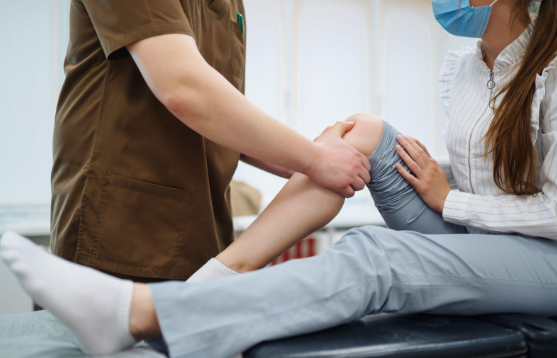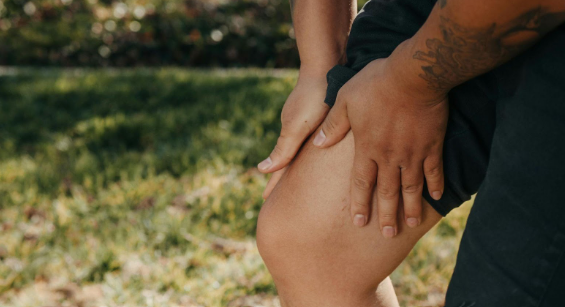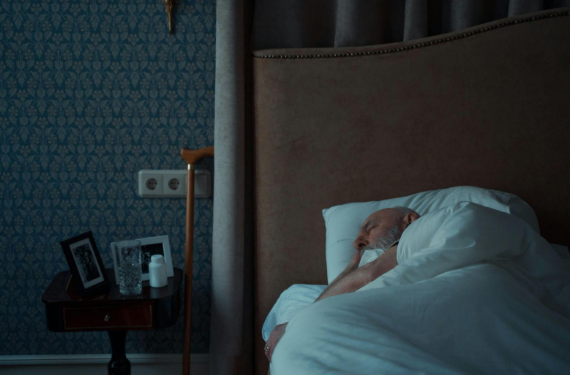Chronic Wounds: Causes and Treatment

Non-healing wounds can cause serious infections and extensive pain. They may also require hospitalization.
Comprehensive wound care can help facilitate healing in a variety of wounds, including pressure ulcers, diabetic ulcers and other non-healing wounds.
Most Common Causes of Chronic Wounds
When a wound has not properly healed after six weeks, it is considered chronic or non-healing. This is often due to underlying conditions or disorders that need to be addressed with additional medical care.
Some of the most common underlying causes for chronic wounds include:
- Diabetes
- Vascular Diseases (Peripheral Artery Disease)
- Limited Mobility
- Repeated Trauma to Wound Site
- Infection-Causing Bacteria (staphylococcus aureus)
- Edema (swelling)
Common types of chronic wounds include venous ulcers, arterial ulcers, diabetic ulcers and pressure ulcers.
Venous and Arterial Ulcers
Venous ulcers develop after damage to a vein, most commonly the veins in the legs and ankles. Varicose veins and chronic venous insufficiency can contribute to the development of venous ulcers.
Arterial ulcers, also known as ischemic ulcers, are caused by a lack of oxygen-rich blood in the lower extremities. As an area is deprived of adequate blood flow, the skin and underlying tissues begin to die. This leads to an open wound.
Diabetic Wounds and Ulcers
Patients with diabetes have a 15% - 25% chance
of developing a chronic wound. This is because diabetes (high blood glucose levels) causes the arteries to stiffen and the blood vessels to narrow. This can cause poor circulation and limit the ability of red and white blood cells to travel to wound sites.
Diabetes can also cause peripheral neuropathy (nerve damage), especially in the legs, ankles and feet. This may cause lack of sensation and increase a person’s risk of sustaining wounds in the lower extremities.
Additionally, increased inflammation and immune system problems--both common side effects of diabetes--can also contribute to slow healing.
It is important for individuals with diabetes to perform regular self-checks for wounds, especially on the bottoms of the feet, ankles and hard-to-see parts of the legs. Diabetic foot care, including daily moisturizing and special socks and shoes, may be recommended to reduce the risk of foot wounds in diabetic individuals.
Pressure Ulcers
Pressure ulcers--previously called bedsores--are injuries to the skin that occur after prolonged pressure, friction and moisture on a part of the body. Typically, pressure ulcers occur in areas with bony prominences, such as the heels, ankles, coccyx, and hips.
When a part of the body comes in contact with a surface, like a chair or bed, for a long period of time, blood supply to that area is diminished. Over time, lack of oxygen-rich blood causes the cells to die and the skin to begin breaking down.
Untreated pressure ulcers are a serious concern. If left untreated, a pressure ulcer can reach deeper layers of the skin, including the muscle and bone. This can cause large, open wounds that expose the deepest structures of the body. Untreated pressure ulcers can also lead to osteomyelitis (infection of the bone) or sepsis, among other complications.
Pressure ulcers can occur in people of all ages, but are most likely to occur in individuals over 70 who have limited mobility.
Obesity, being confined to a bed due to injury or illness, urinary or bowel incontinence and diseases like diabetes increase the risk of developing pressure ulcers. People with poor nutrition are also at increased risk.
The occurrence of a pressure ulcer requires immediate medical care.
Wound Care at Pain Treatment Centers of America
Are you searching for wound care in Arkansas?
Pain Treatment Centers of America is proud to specialize in comprehensive wound care, including the treatment of non-healing pressure ulcers and pressure ulcers.
Learn more about wound care
or make your appointment with PTCOA by calling (844) 215-0731 today.













